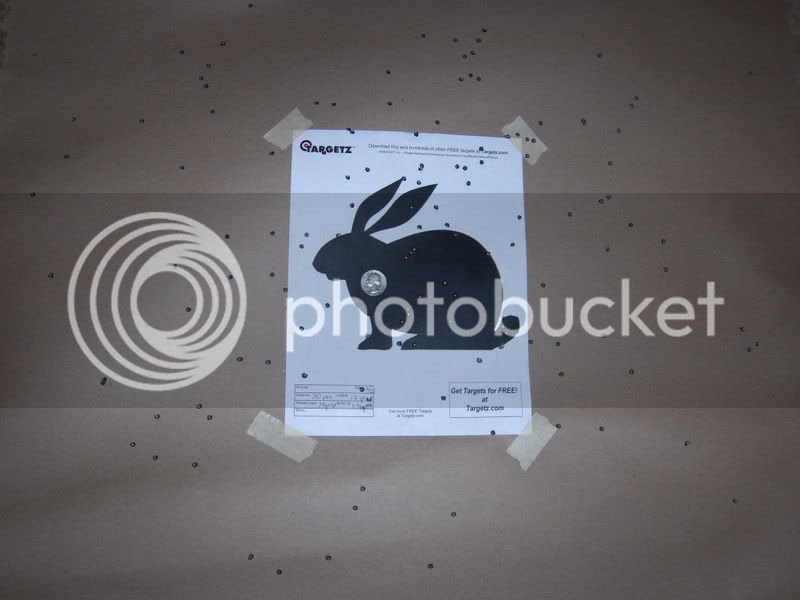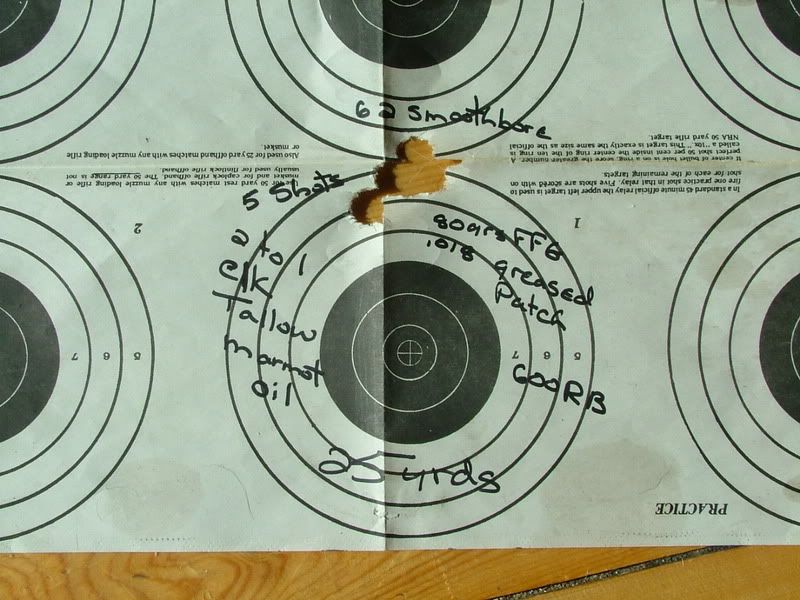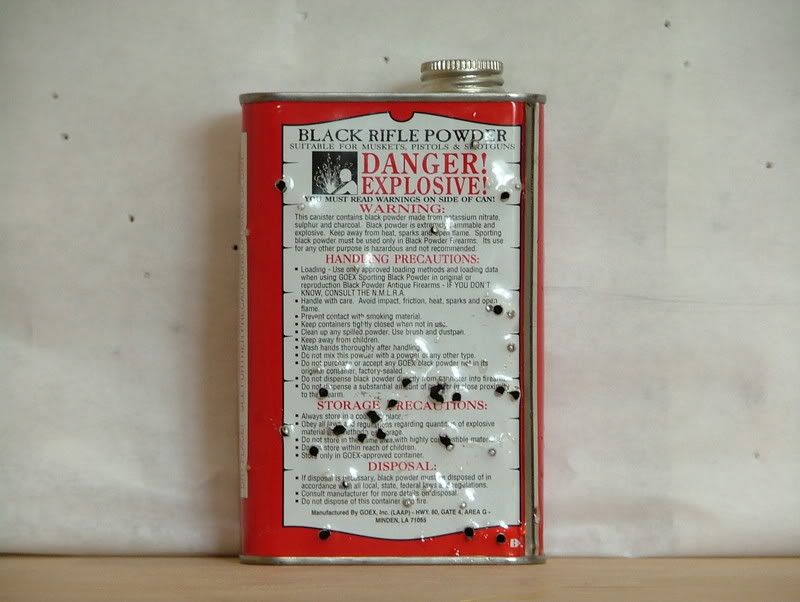I think Nathan won't mind if I add some clarification on pattern testing as to how he and I do this. Some might be thinking two shots at 83% really means only 41.5% each. No, we divide pellet hits by the total number of pellets fired to calculate a percentage. In this instance he fired 1 1/4 ounce of #4 shot, which runs 169 pellets each, so the total hits would be divided by 338 to calculate the percentage.
If you read the books on shotguns they will tell you that you should shoot at least five patterns, some say 10, to get an average for each load tested. No way am I going to lay on my belly counting all those little holes ten times, or even five! So I shortcut the process to get results that are indicative, though maybe not precise. Since patterns do vary a bit from shot to shot I see no advantage in obtaining a precise average, it will still be just an average and won't tell you precisely what you'll get on the one shot you're about to squeeze off. Add to that the facts that in the field you are shooting at random estimated ranges and that sometimes, perhaps often, you may just flat miss, and we see that shotgunning is just not a game of precision.
But I also realize that a single shot leaves too much to chance. I don't always place my shots exactly dead center with a rifle so I know there will be some variation in shot placement with a smoothbore as well. Thus I choose to fire two shots on a single target to get an average of two, which helps balance out some of the variables. I prefer a target at least 40x40 inches.
In examining the target I will just eye ball it and try to discern the center of the pattern. I have a piece of an old yardstick with a pivot pin at one end and holes for a felt tip pen spaced at 10.5" and 15" from the pivot point. This I use as a compass to draw circles of 21" and 30" diameter. The 21" circle has just half the area of the 30" circle and if the pattern were perfectly even there would be the same number of pellets in the inner circle as in the rim of the 30". That tells me if there is a central hole in the pattern or if there is central thickening of the pattern. Cylinder bores often have a central hole but with any degree of choke tighter than skeet or improved cylinder there will be central thickening since the choke not only pulls in pellets from outside the 30" circle but also pulls pellets from the outer edge of the 30" into the central 21" circle. Thus a pattern of 50% in the 30" may indeed show 25% in the center and 25% in the outer ring. With a modified pattern of 60% in 30" it will be more like 35-40% in the center and 20-25% in the ring. A 70% full choke will be more like 50-55% center and only 15-20% in the outer ring. So the center of the full choke pattern has twice as many pellets as does the skeet choke pattern but the outer rim is becoming quite sparse. That is why the full choke can kill at much greater distance but only so long as the shooter can actually CENTER the pattern on the game. Easy enough to do on a standing turkey, not at all easy on a passing dove!
This is a pretty verbose explanation but in as few words as I could manage to hit the main points, thanks for sticking it out if you have done so, and if not, I don't blame you. :haha:












